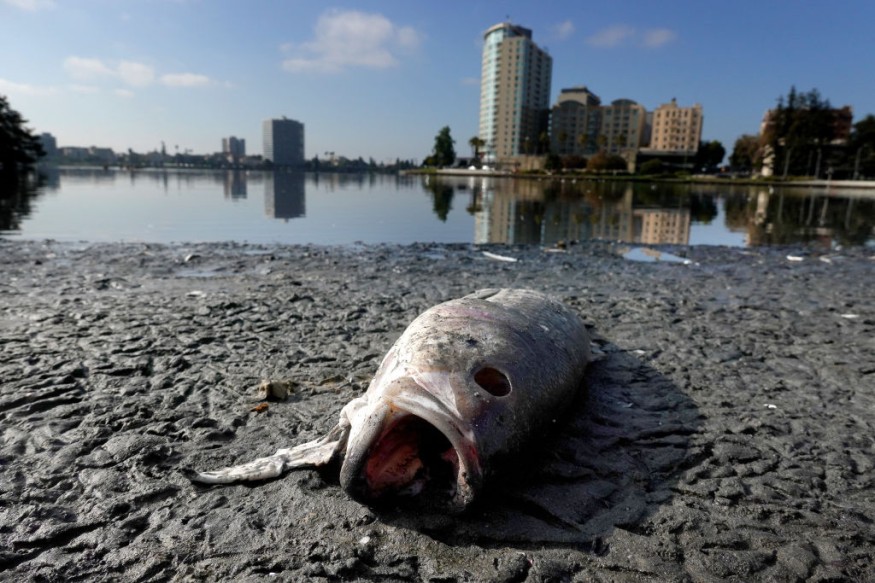About $20 Million budget is expected to mitigate harmful algal bloom's environmental and economic impacts (HAB). It will help to research and find ways to prevent HABs.
The algal bloom can emerge due to the growth of cyanobacteria affecting the coastal water in the US. Nutrient pollution and warmer temperatures can intensify HABs problem.
The emergence of HABs raised concerns in the US due to the devastating effects on marine ecosystems. The algal blooms can kill fish biodiversity, affecting the food sources and economy.
US Harmful Algal Bloom: How Does it Threaten the Fish System?

Increasing algal blooms can be due to rising temperatures, especially during summer. According to NOAA, it can unleash harmful toxins when they become out of control.
In the US, the HABs are reported in the country. Experts warned of the potential rise and devastating impacts. In the Great Lakes, a recent report showed the concerning deaths of fish due to the algal bloom.
Without efficient mitigation programs, the algal bloom can likely become disastrous. As a result, the latest report showed that NOAA awarded over $ 20 million to help mitigate the occurrence of HABs on the US coast.
Part of the budget will be allocated for hypoxia research and monitoring. Hypoxia can threaten marine ecosystems because it can cause low oxygen conditions.
- $114 million will be allocated to the NOAA's National Centers for Coastal Ocean Science.
- $6 million will be allocated to the US IOOS Office.
Furthermore, the budget will enhance the forecasting, monitoring and management of the HABs amidst the climate change threats.
NOAA explained that HABs can disrupt the shellfish harvest, commercial fisheries and aquaculture operations. Urgent efforts can prevent damage from HABs, especially in the US coastal areas.
Harmful Algal Bloom: Is it Dangerous to Humans?
Recent reports warned of the potential health effects of HABS. The contamination of HABs can cause gastrointestinal and respiratory health risks, especially for people with medical conditions and older adults.
Increasing exposure to toxic algal blooms can make people and pets sick. It can be more life-threatening for pets and aquatic animals. The risks of HABs can be more noticeable during summer and warm weather.
Human illnesses associated with HAB can occur during June and peak reaches in August. In the 2021 report, the algal blooms were detected in at least 16 states in the country.
From the record, there were about 368 HABs reported. The illnesses due to HABs are the following:
- 117 human illnesses
- At least 2,715 animal illnesses
In the case of animals, HAB contamination can show signs of dark urine, vomiting and gastrointestinal infections.
Related Article : Alarming Florida Keys Coral Bleaching: Warm Waters, Rise of Temperatures Impact Corals
For more similar stories, don't forget to follow Nature World News.
© 2025 NatureWorldNews.com All rights reserved. Do not reproduce without permission.





